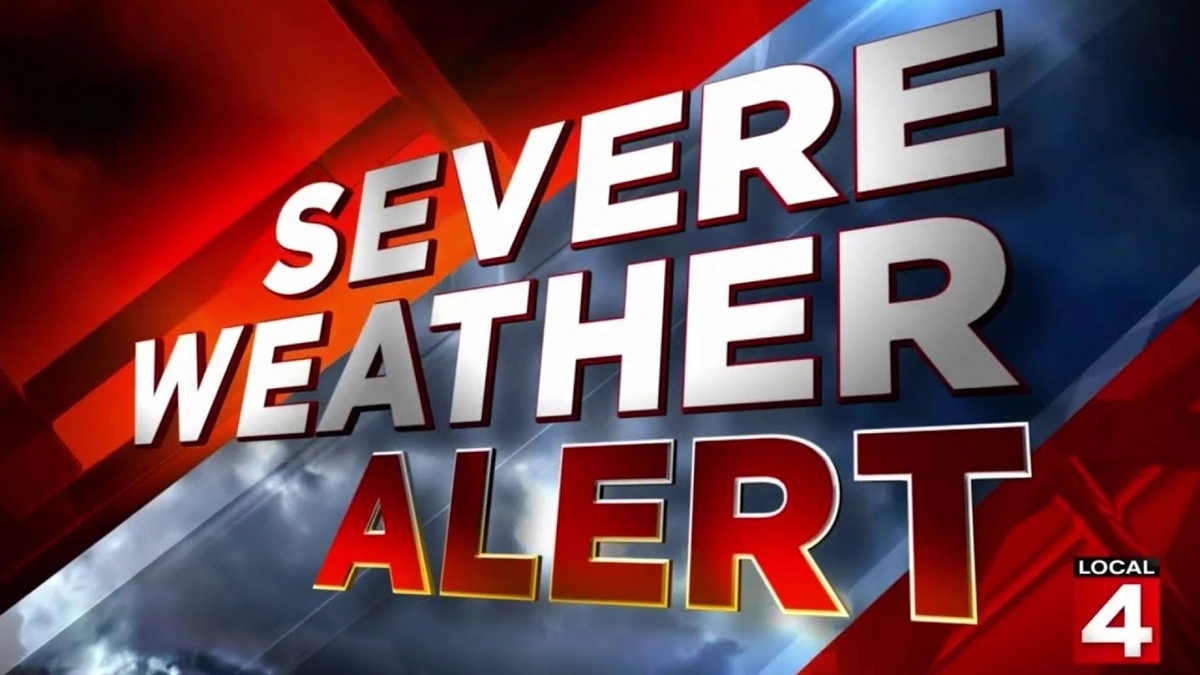Okay, folks, let’s be real. We see headlines about storms and floods all the time. But this one – the weather emergency unfolding in New Jersey and Alaska simultaneously – feels different. It’s not just about inconvenience; it’s about lives upended and the growing frequency of extreme weather. So, what’s really going on here? And why should someone sitting comfortably in their home in India care about a Nor’easter and Alaskan floods?
That’s what we’re going to unpack. It’s not just about reporting the news; it’s about understanding its implications for a world grappling with climate change. I initially thought this was just another news cycle event, but then I realized the confluence of events paints a larger, more concerning picture.
The East Coast Braces | Understanding the Nor’easter Threat

So, what exactly is a Nor’easter? Well, it’s not your average rainstorm. These are powerful storms that track along the East Coast of North America, bringing with them hurricane-force winds, heavy snow (depending on the temperature), and significant coastal flooding. According to the National Weather Service, the coastal flooding threat is especially high this time around. In New Jersey, the emergency declaration allows the state to mobilize resources quickly and efficiently to protect residents and infrastructure. But, and this is a big ‘but’, are we truly prepared for these increasingly frequent and intense events?
The ‘why’ behind the emergency declaration is critical. It’s not just about the immediate danger, it’s about preemptive action. It’s about recognizing that our infrastructure, in many places, is simply not designed to withstand the forces of nature we’re now experiencing. This directly impacts the economy as well, from supply chain disruptions to insurance costs skyrocketing. What fascinates me is how these events force us to confront our vulnerabilities.
Alaska’s Nightmare | When Flooding Becomes Existential
Now, let’s hop over to Alaska. While New Jersey is battling a Nor’easter, parts of Alaska are dealing with devastating floods. But here’s the thing: this isn’t just ‘flooding’. We’re talking about entire communities being displaced, homes being washed away, and livelihoods destroyed. This is a different beast altogether.
The Alaskan flooding is often caused by a combination of factors, including thawing permafrost (which weakens the ground), coastal erosion, and increasingly severe storms. The impact on Indigenous communities, who have called these lands home for generations, is particularly heartbreaking. What’s more, the loss of homes also means that the displaced populations now have to look for new shelters and livelihoods, which adds to the overall economic burden on the community.
Connecting the Dots | Climate Change and Extreme Weather
Here’s the uncomfortable truth: these events, while geographically distinct, are connected. Climate change is exacerbating both the intensity and frequency of extreme weather events around the globe. Warmer ocean temperatures fuel more powerful storms, and rising sea levels increase the risk of coastal flooding. The permafrost thaw, driven by rising global temperatures, is making Alaskan communities more vulnerable. I initially thought these were isolated incidents, but then I realized the same root cause driving both.
Think about it. The Arctic is warming at a rate twice as fast as the rest of the planet. This impacts jet streams, which in turn influences weather patterns globally. The melting ice sheets contribute to sea level rise , exacerbating coastal flooding risks. It’s all interconnected, a complex web of cause and effect. As per reports, these climate-related disasters are expected to increase in the coming years. And that’s not a prediction; it’s a reality we’re already living.
What Can We Do? Taking Action in a Changing World
So, what can be done? It feels overwhelming, doesn’t it? But here’s the thing: despair is not an option. There are things we can do, both individually and collectively, to mitigate the impacts of climate change and build more resilient communities. For starters, supporting policies that promote renewable energy, reduce carbon emissions, and invest in climate adaptation measures is crucial. And as individuals, we can make choices that reduce our carbon footprint, from driving less to consuming less.
But, and this is important, we also need to support communities on the front lines of climate change. Organizations working to relocate Alaskan villages threatened by erosion and flooding need our help. Communities working to build more resilient infrastructure along the East Coast need our support. According to the recent reports, the relief efforts are underway, but they require continuous support to make a significant impact. The one thing you must do is to stay informed and spread awareness about these issues. Change begins with awareness.
## Frequently Asked Questions (FAQ)
What causes a Nor’easter?
Nor’easters are caused by colliding air masses – cold Arctic air and warm, moist air from the Atlantic Ocean – along the East Coast of North America.
Why is Alaska experiencing so much flooding?
Alaskan flooding is caused by a combination of factors, including thawing permafrost, coastal erosion, and increasingly severe storms, all exacerbated by climate change.
What’s the link between these events and climate change?
Climate change is intensifying extreme weather events around the globe, including both Nor’easters and Alaskan flooding.
How can I help communities affected by these disasters?
You can support organizations working to provide relief and build resilience in affected areas.
What is coastal erosion ?
Coastal erosion is the wearing away and loss of land along the coastline due to wave action, currents, and other natural processes.
What are some effective flood mitigation strategies?
Effective strategies include constructing seawalls, restoring coastal wetlands, and implementing better urban drainage systems.
The emergency declaration in New Jersey and the devastating floods in Alaska are not just isolated events; they are wake-up calls. They are stark reminders of the urgent need to address climate change and build more resilient communities. The frequency of extreme weather events is becoming more and more apparent, and we must adapt. Let’s not ignore the alarm.




